Storm Warning by Adrienne Rich, published in 1951. Adrienne Rich uses a storm as a metaphor for emotional turmoil. Adrienne Rich explores themes of isolation, and the power of nature in this poem.
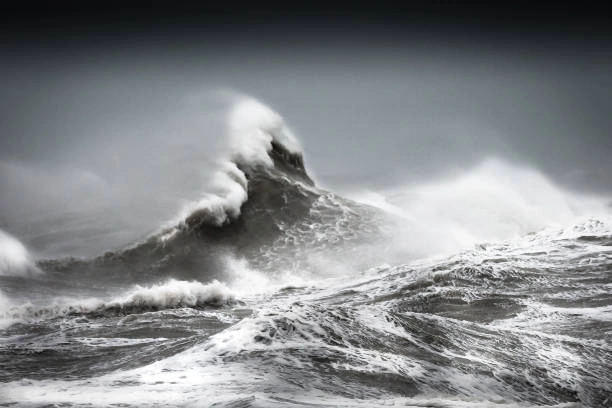
Summary
Storm Warning by Adrienne Rich navigates the loud seas of existence through the allegory of a coming storm. Moreover, it skillfully shows wild nature with the unpredictable trials of human life, portraying the inevitability of adversity and the resilience needed to confront it head-on. Text storm warning also contain some figure of speeches as well.
Stanza 1: The Arrival of the Storm
Opening verses of Storm Warning by Adrienne Rich navigates the loud seas of existence through the allegory of a coming storm. resound with an air of inevitability as the speaker warns about the imminent arrival of a storm.
Rich’s descriptive language not only forecasts the storm’s physical destruction. It also alludes to the broader theme of difficult life challenges.
Moreover, the use of phrases like “it will be here,” imbued with certainty, sets an anticipatory tone, foreshadowing the forthcoming disruption that mirrors life’s unforeseen trials.

Stanza 2: The Impact of the Storm
Rich’s adeptness at showing vivid imagery vividly portrays the storm’s impact. The storm is personified, its effect likened to a “laughing jaw,” portraying an image of an uncontrollable, almost evil force.
Moreover, the comparison of the storm’s impact to “gravel stones battering the roof” intensifies the chaos and unpredictability, akin to life’s harsh realities that unexpectedly assail us.
Stanza 3: Coping with the Storm
Amidst the emerging chaos, the stanza shows a message of resilience. The speaker acknowledges the storm’s threatening nature but hints at readiness and encountering it with steady strength.
Additionally, it serves as a poignant reminder of fortitude, urging readers to bravely face life’s trials. Moreover, this stanza shows the essence of resilience in adversity, emphasizing the necessity of facing challenges with bravery.

Stanza 4: The Aftermath
In Storm Warning by Adrienne Rich, as the storm downs, the poem’s focus shifts to the aftermath. The imagery transitions to a tranquil landscape, symbolizing the calm that follows chaos.
In addition, this scene represents the potential for peace and renewal after weathering life’s storms, signifying that growth often emerges from adversity. Moreover, it captures the cyclical nature of trials and subsequent moments of clarity that follow.
Analysis
Stanza 1: The Arrival of the Storm
This opening stanza of Storm Warning by Adrienne Rich, acts as a harbinger of occurring storm, employing the metaphor of drawing a close storm to reflect existence’s unavoidable demanding situations.
Moreover, Rich’s bright language units the level for the inevitable disruptions that parallel the uncertainties we stumble upon in life.
Moreover, the anticipation created with terms like “it is going to be right here” indicates the upcoming disturbances, echoing the inevitability of trials in our journey.
It signifies that simply as storms arrive unbidden, challenges too are an inherent part of existence.
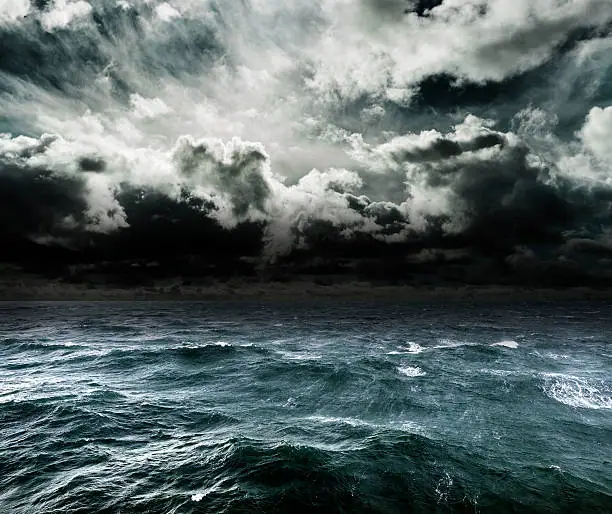
Stanza 2: The Impact of the Storm
In this stanza, Rich’s mastery lies in vividly illustrating the hurricane’s chaotic effect through captivating imagery and personification. The storm takes on a threatening, personality with a “laughing jaw,” symbolizing uncontrollable pressure.
In addition, the contrast of the hurricane’s effect to “gravel stones battering the roof” intensifies the experience of chaos, mirroring the abrupt and cruel nature of life’s adversities.
This portrayal emphasizes the overpowering and on occasion relentless nature of adversity, leaving an indelible effect.
Stanza three: Coping with the Storm
Here, the poem deals with the resilience required to confront the storm. While acknowledging the typhoon’s intimidating presence, the stanza tips at readiness and the need to stand in demanding situations with unwavering energy.
In addition, it serves as a poignant reminder to reinforce oneself mentally and emotionally, advocating for a proactive technique to confront lifestyles’s inevitable trials.
This stanza encapsulates the essence of resilience, urging individuals to confront adversities with courage and determination.

Stanza 4: The Aftermath
As the hurricane subsides, the poem shifts to a tranquil scene, symbolizing the calm after chaos. This imagery represents the aftermath of overcoming lifestyle trials, suggesting the capability for peace and renewal.
Moreover, it underscores the concept that boom frequently emerges from difficulty, signifying moments of readability and calmness that observe difficult times.
The stanza emphasizes the cyclical nature of trials, indicating that when upheaval, there lies a possibility for private boom and rejuvenation.
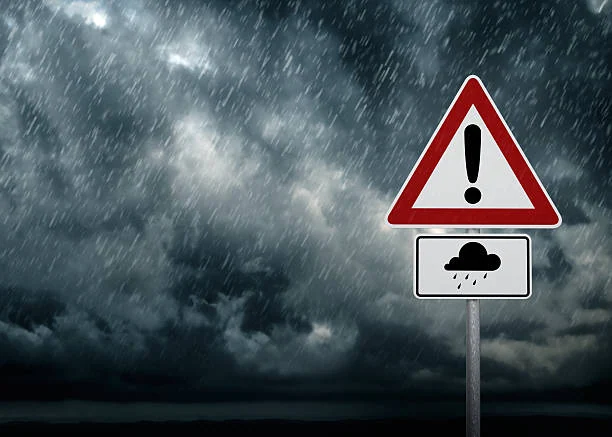
Themes In Storm Warning
| Theme | Description |
|---|---|
| Emotional Turmoil | The storm serves as a metaphor for inner conflict and emotional turmoil. |
| Power of Nature | Nature is portrayed as a powerful force, highlighting humanity’s vulnerability and insignificance. |
| Isolation | The sense of isolation is evoked, suggesting a feeling of being alone in the face of adversity. |
| Vulnerability | Themes of vulnerability and fragility are explored, reflecting on the human condition. |
Figure Of Speeches Used In Storm Warning
In Storm Warning by Adrienne Rich, various figures of speech contribute to its vivid imagery and profound symbolism. Here are some of the prominent figures of speech used in the poem:
Metaphor
Storm as a Metaphor: Throughout the poem, the storm symbolizes life’s inevitable challenges and adversities. It represents the unpredictability and turbulence of human experiences.
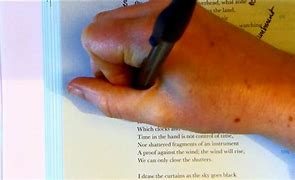
Personification
The personification of the Storm: Throughout the poem, the storm is personified as having a “laughing jaw.” This personification imbues the storm with human-like qualities, emphasizing its menacing and uncontrollable nature.
Imagery
Visual Imagery: Rich uses descriptive language to create vivid visual imagery, such as “gravel stones battering the roof.” This imagery enhances the reader’s sensory experience, evoking a sense of chaos and tumult.
Symbolism
Storm as a Symbol: Beyond its literal meaning, the storm serves as a powerful symbol. It represents the uncertainty, disruption, and challenges encountered in life’s journey.
Allusion
Allusion to Life’s Challenges: Moreover, the warnings and anticipation of the storm’s arrival allude to the inevitability of facing hardships in life. This serves as an allusion to the challenges that individuals must confront.
Oxymoron
Contradictory Imagery: Moreover, the juxtaposition of calmness after chaos and the storm’s turbulent impact creates an oxymoronic effect, emphasizing the contrast between upheaval and tranquility.

When was Storm Warnings by Adrienne Rich published?
Adrienne Rich’s book “Storm Warnings” was released in 1951. Rich’s interest for the intricacies of the human experience and the emotional upheaval that can result from both internal and external conflicts is reflected in this poem.
Rich addresses issues of vulnerability, solitude, and the force of nature with vivid images and expressive language.
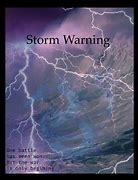
Conclusion
In “Storm Warning,” Adrienne Rich skillfully illustrates the unpredictable nature of life’s obstacles using the metaphor of a storm. She examines themes of resiliency, vulnerability, and the transformational potential of adversity using striking imagery and moving words.
FAQs
Storm Warning by Adrienne Rich metaphorically explores life’s challenges through the anticipation and impact of a storm.
The metaphorical meaning of “Storm Warning” by Adrienne Rich is that the storm represents the unpredictability and turbulence of human experiences, including emotional turmoil and inner conflict.
The meaning of “storm warning” in the poem is both literal, as a warning of an approaching storm, and metaphorical, as a symbol of the inevitability of adversity in life.
The glass has been falling all afternoon likely refers to a barometer or glass barometer, indicating a drop in atmospheric pressure often associated with approaching stormy weather, suggesting the impending arrival of the storm.
Related Posts:
The Man In The Glass Poem| Summary, Analysis, Themes
Lady Macbeth Monologue | In Macbeth By Shakespeare









